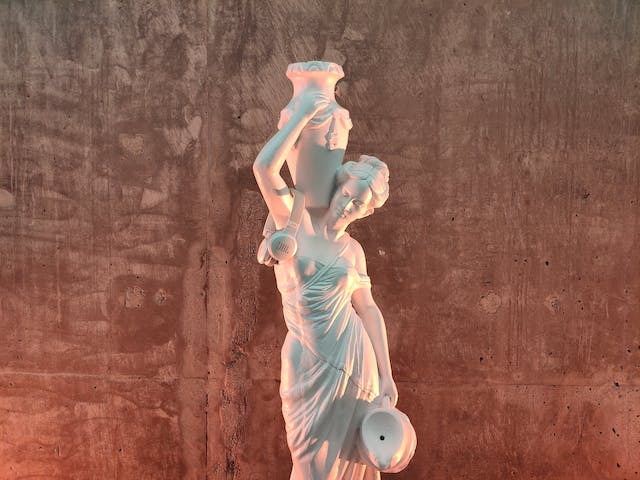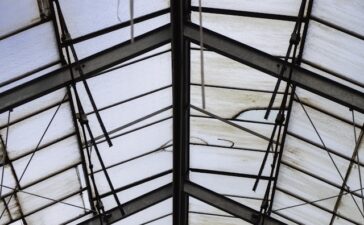Australia’s contemporary sculptures is a dynamic and evolving realm where artists push the boundaries of traditional materials and techniques, creating innovative and thought-provoking works that captivate audiences nationwide. This blog post will delve into the artistry behind these contemporary sculptures, exploring the diverse materials used and the techniques employed by artists to breathe life into their creations.
Material diversity
Contemporary sculptures in Australia showcase a remarkable diversity in the materials used. While traditional mediums such as bronze, stone, and wood are still prominent, artists are increasingly embracing unconventional materials like recycled metals, plastics, glass, and even organic elements. This shift reflects a desire to explore sustainability, repurpose materials, and engage with modern societal concerns.
Recycled art
One noteworthy trend in contemporary Australian sculpture is the incorporation of recycled and repurposed materials. Artists are transforming discarded items into striking sculptures, emphasizing the potential for beauty and meaning in overlooked or discarded elements. This eco-conscious approach not only contributes to sustainable art practices but also serves as a commentary on environmental stewardship.

Mixed media creations
Many contemporary sculptors in Australia are blurring the lines between traditional sculpture and other artistic disciplines by incorporating mixed media. Combining materials such as metal, ceramics, and textiles allows artists to create multidimensional and multisensory experiences.
Installation art
Installation art has gained prominence in the contemporary sculpture scene, with Australian artists transforming spaces into immersive environments. From large-scale outdoor installations to intimate indoor experiences, sculptors are using their chosen materials and techniques to evoke emotions, tell stories, and challenge perceptions within carefully curated environments.
Bronze casting innovations
While bronze remains a classic sculptural material, contemporary Australian artists are pushing the boundaries of bronze casting techniques. Advancements in casting technologies allow for intricate details and unconventional shapes, providing sculptors with new possibilities for self-expression and exploration of form.
Stone sculpture traditions
The timeless tradition of stone sculpture is still very much alive in contemporary Australian art. Sculptors are drawn to the raw beauty and permanence of stone, showcasing their skill in carving and shaping this age-old material. Some artists embrace the natural characteristics of the stone, while others use it as a canvas for intricate detailing and symbolic expression.
Glass sculpture as a medium
The transparency and luminosity of glass make it an enticing medium for contemporary sculptors in Australia. Artists explore the interplay of light and form, creating sculptures that capture and refract light in mesmerizing ways. Glass sculptures often integrate colour, texture, and even interactive elements to engage viewers on multiple levels.

Wood sculpture reimagined
Wood, a material with deep cultural and artistic roots, is reimagined in Australian contemporary sculpture. Artists showcase the versatility of wood, from meticulously carved figurative sculptures to abstract forms that highlight the natural beauty of the material. Sustainability is a key consideration, with some artists sourcing reclaimed or ethically harvested wood for their creations.
Conclusion
Australian contemporary sculpturesare a testament to the boundless creativity of artists. As audiences engage with these sculptural masterpieces, they are invited to explore the diverse textures, forms, and narratives that arise from the artistry behind each piece.





